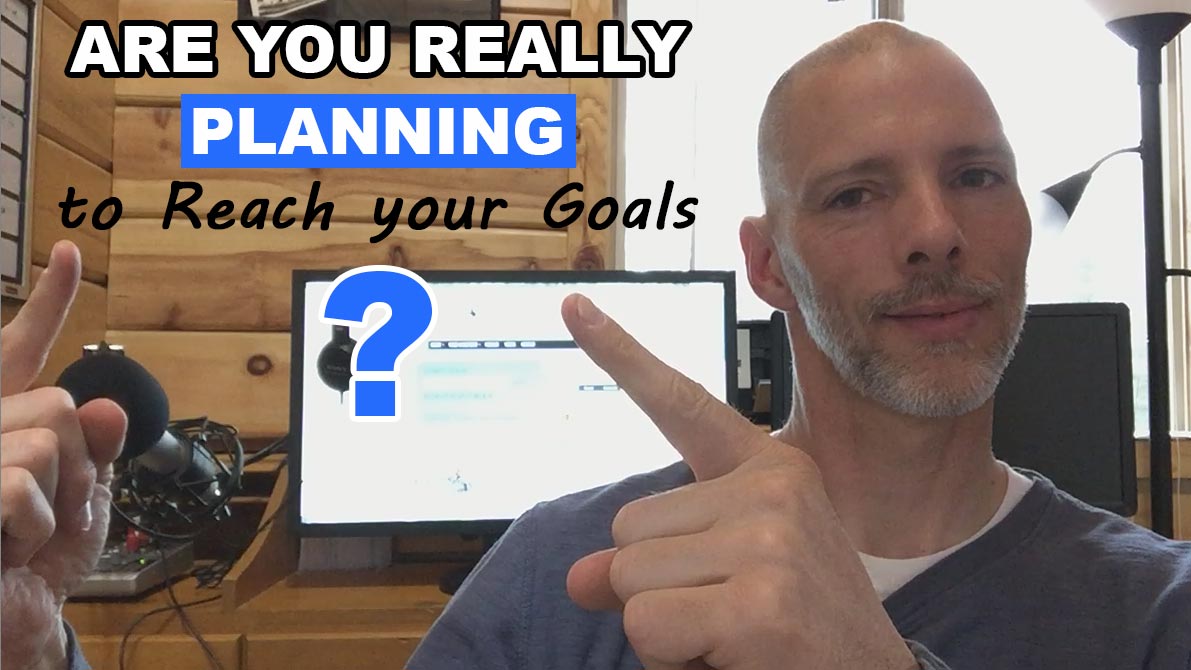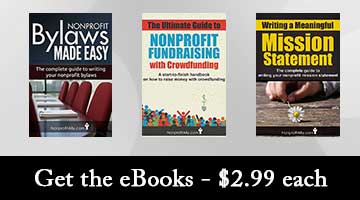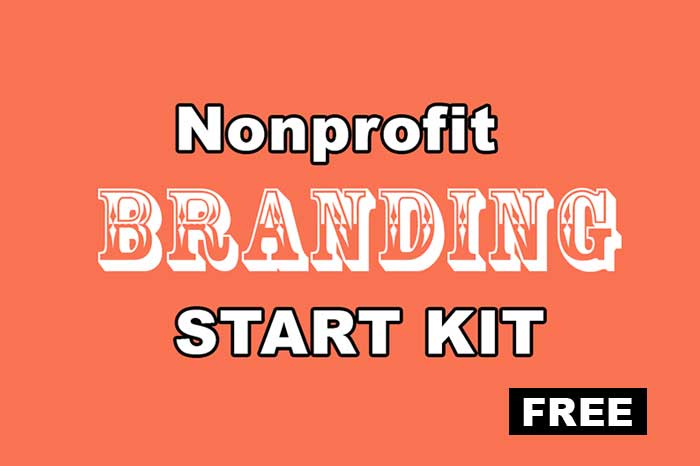They say that “failing to plan is planning to fail”. And without setting a goal, it is hard to make a plan. It’s like going on a trip with no destination – no matter what route you take, you will get there – but it typically leads you nowhere.
Many of us have plans, but are our plans set up to help us reach our goals?
There are five core elements to effective goal setting, known as “SMART” goal setting. In essence, any goal must be:
Specific
Measurable
Achievable
Relevant/Realistic
Time bound/Timely
Let’s break down this acronym to make it easy to understand.
Specific
- When setting any goal, you need to ask yourself the six W questions then provide relevant answers.
- What needs to be done?
- Who is involved in this?
- Why am I doing this?
- When should I do it?
- Where should the work be done?
- Which requirements or constraints exist?
So, whether you are running a nonprofit or a for profit enterprise, you cannot just say that you want to grow your enterprise. You need to be specific on what growth means to you, who will be part of that, when you want that growth to happen, which resources you will need to make that happen, why you need to grow, and where this will take place.
Measurable
You cannot achieve what you want if you don’t have a way to measure your progress. As such, you need to have dates, milestones and other measurement criteria that you use to determine how you are performing with respect to your goal.
For a goal to be measurable, it needs to answer some simple questions, namely: What will you see, have or feel when the goal is accomplished. What evidence will you have that you have accomplished your goal?
Attainable/Achievable
This simply means ensuring that you set goals that don’t end up frustrating you because they are impossible for you to achieve. If you cannot objectively explain how you will achieve your goal, then it may not be achievable. Make goals that are just out or reach. Goals that will cause you to expand your upon your current skills and help you grow new ones.
Relevant/Realistic
A relevant goal is something that is worth your while. Is it going to help your organization? Is this the right time to do it? Ask yourself why you want to reach your goal. If it is not relevant to you or your organization then you may not reach your goal due to lack of motivation.
Timely
One of the best ways to get something done is to give yourself a deadline. So, ensure that your goals have a specific time frame within which they need to be achieved. This will in turn give you the motivation/drive to get it done. With time limits, you create the much-needed sense of urgency to do what needs to be done to achieve the goal.
While the SMART acronym can help you set goals, it does little to help you reach your goals. This is where planning and organization come in.
Planning to Achieve your Goals
After you set SMART goals it is time to make a plan that outlines how, and when, you will execute the milestones within each goal. Chunking your goals in this manner will make it easier for you to plan and track your progress. It doesn’t matter whether you are trying to achieve long term or short term goals.
- First take your goals and break them down into milestone on a timeline. See where they fit in, if deadlines overlap and how they correspond with major holidays and conferences.
- Once you have a rough idea of the months ahead, set a focus for each month. There can be multiple focuses for each month, for example: prepare to host three day conference, finish finance report for Burkens Grant and post three minute video about organization on Youtube.
- Now you can take the monthly focuses and break them into weekly and daily task that focus specifically on accomplishing your long term goals.
This is where a good daily planner comes in. A good planner will help you break down your goals into weekly and daily focuses.
Planning Resources
Passion Planner: I started using the Passion Planner and have found it really helpful in keeping me on track. A free blank template download of the Passion Planner is available at: passionplanner.com/use-it-for-free.
The Spark Notebook: Another good planner for goal setters is the The Spark Notebook.
GoalsOnTrack*: If you prefer an online planner that can be accessed on all your devices then I recommend GoalsOnTrack* a try. It is designed for SMART Goal setters and only cost about $5/month.
With tools like these, it is easier to make a “plan of action” to achieve your goals. (See the Passion Planner in action in my youtube video, above, or at this link https://youtu.be/k3Oz-jsz35E)
The key to accomplishing your long term goals is to me consistent and track your progress. Each month review where you are in reaching your milestones. And at the beginning of each week write out your daily focuses in a planner. This way you always have your “plan of action” at your finger tips. And you will accomplish more of the goals you set for yourself.
*This is an affiliate link.














Comments are closed.
Thanks for the article. It gave me some good reminders before setting our goals for the year.